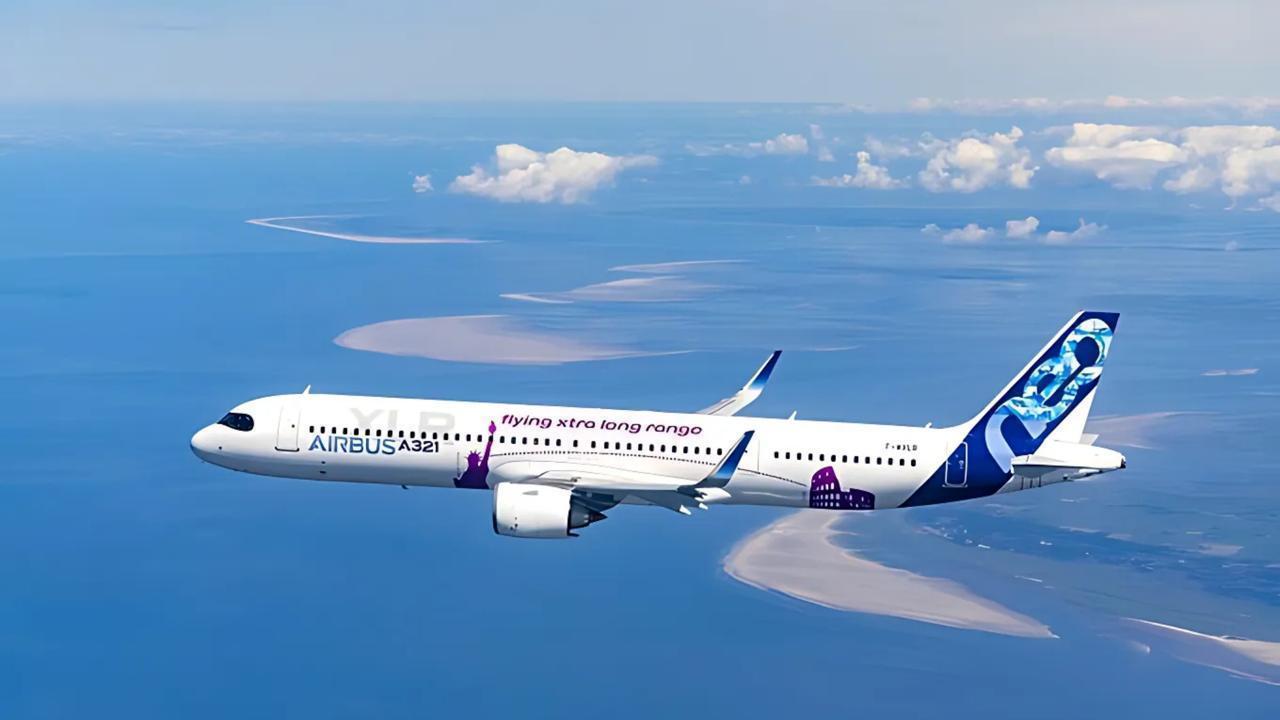
Post by : Amit
A Global Giant Grapples with Its Own Momentum
When Airbus launched the A321XLR program, it knew the aircraft’s promise—unmatched range in a single-aisle configuration—would be a game changer. What it didn’t fully anticipate was the magnitude of the supply chain challenge it would unleash. With over 600 units ordered across five continents, the A321XLR has pushed Airbus to reevaluate one of its most complex engines: its own tiered global supplier ecosystem.
In an aggressive move to meet soaring production targets, Airbus has initiated a major reorganization of its tiered supply chain, with sweeping changes that will impact partners from Tier 1 giants to Tier 3 component specialists. The pivot reflects both the strategic importance of the XLR program and the broader stress fractures that have begun to emerge in the post-COVID aerospace manufacturing landscape.
Lessons from 2024
The first warning signs appeared in early 2024, when critical delays in fuselage sections and avionics modules from Tier 2 and Tier 3 suppliers led to a cascade of disruptions. Although Airbus managed to deliver 70 A321XLRs in 2024—just shy of its revised target—the company openly acknowledged that supplier inconsistencies had hindered output.
By Q1 2025, the backlog had ballooned, with some airline customers pushing for accelerated deliveries to meet booming demand for long-haul narrowbody service. The resulting pressure exposed the fragility of Airbus’s intricate tiered model, particularly in areas involving high-precision machining, cabin systems, and new composite materials.
“The pace of ramp-up for the A321XLR has no precedent in the narrowbody segment,” said Claire Brégeon, Head of Procurement for Airbus Commercial. “It has forced us to ask fundamental questions about resilience, traceability, and vertical control.”
A Strategic Overhaul Begins: Consolidation and Control
In April 2025, Airbus began quietly phasing in a new supplier management strategy. The cornerstone of this shift is the consolidation of its sprawling Tier 2 and Tier 3 base. According to senior Airbus officials, the number of active Tier 2 suppliers on the XLR program will be reduced by 15% over the next 12 months, with a focus on multi-system vendors capable of delivering complete subassemblies.
The rationale is straightforward: fewer vendors mean better coordination, faster integration, and clearer accountability. But the implications for small and mid-size aerospace suppliers are enormous.
“Airbus is moving away from the traditional long-tail supply model,” says Markus Hofmann, managing director at AeroStruct Advisory, a Berlin-based aerospace consultancy. “They want fewer, digitally capable, highly standardized partners who can absorb variability and co-invest in long-term performance.”
One key development is the rollout of Advanced Supply Chain Integration Hubs—regional logistics centers that combine final part inspection, inventory buffering, and just-in-time dispatch. These hubs are already operational in Hamburg and Toulouse and are scheduled for expansion in Montreal and Mobile by early 2026.
Digital Traceability as a Competitive Weapon
Equally critical to the reorganization is the deployment of digital traceability tools throughout the tiered network. Airbus has begun mandating the use of digital twins, serialized component tracking, and cloud-based documentation platforms—especially for safety-critical systems.
These requirements, which extend even to select Tier 3 firms, are part of Airbus’s broader goal to build a predictive and self-correcting supply network. In practice, this means every actuator, fastener, and composite panel must now be digitally logged from raw material to installation.
“Airbus doesn’t just want to know where a part is—they want to know how it was made, under what conditions, and what its maintenance life looks like,” explains Dr. Lena Ruiz, a supply chain systems engineer at the French Institute of Aerospace. “It’s the future of quality assurance, but it demands enormous digital investment from smaller suppliers.”
To ease the transition, Airbus has offered co-financing grants for qualifying SMEs to adopt digital MES (Manufacturing Execution System) platforms, though some critics argue the costs remain prohibitive for firms operating on razor-thin margins.
Supplier Risk-Sharing Agreements: A New Contract Era
Beyond digitalization and consolidation, Airbus is also rethinking how financial risk is distributed across the supply chain. The company is rolling out new-generation Supplier Partnership Agreements (SPAs) that introduce risk-sharing clauses tied to delivery performance, defect rates, and even CO₂ emissions.
These contracts aim to foster a culture of shared accountability. Suppliers that exceed benchmarks are eligible for performance bonuses and long-term commitments, while those that fall short face price adjustments and reduced volumes.
While the SPAs have been welcomed by larger Tier 1 players such as Safran, Collins Aerospace, and Spirit AeroSystems, they’ve raised eyebrows among Tier 2 firms who feel the burden is shifting too steeply.
“There’s a real power asymmetry,” says Kiyoshi Nakamura, COO of Towa Manufacturing, a Japanese Tier 2 firm supplying electrical harnesses. “Airbus is pushing responsibility downstream, but not always providing the margin room to make it viable.”
Environmental Accountability Now Baked Into Contracts
In a notable evolution, Airbus is also embedding sustainability metrics directly into supplier contracts. As part of its “Wing of Tomorrow” and “Clean Aviation” initiatives, Airbus is pushing for full lifecycle emissions reporting and recycled material usage quotas, especially for structural components and interior systems.
Suppliers are now required to submit annual Environmental Product Declarations (EPDs), and those that exceed Airbus’s carbon targets may face penalties or sourcing reviews. For instance, composite material providers must show traceable recycling protocols, while fastener manufacturers are being asked to shift to low-emission smelting processes.
“Supply chain emissions account for over 75% of Airbus’s Scope 3 footprint,” notes sustainability officer Isabelle Truchard. “If we’re serious about net-zero, we can’t ignore what happens before the factory floor.”
Ripple Effects Across the Aerospace Sector
The implications of Airbus’s supply chain reorganization stretch far beyond the A321XLR program. Analysts believe the strategy could become a blueprint for next-generation aircraft platforms, including the anticipated A220 stretch and any future hydrogen-powered designs.
Boeing, meanwhile, is reportedly observing the changes closely as it prepares for a long-overdue narrowbody successor to the 737 MAX. While the U.S. airframer has not made similar consolidation moves publicly, insiders say there is increasing pressure to digitize its tiered supplier base and adopt more agile procurement models.
Moreover, Airbus’s reorganization could catalyze a broader shakeout in the aerospace supplier market. Smaller firms that fail to meet new digital or sustainability standards may find themselves locked out of future contracts—not just at Airbus, but across the OEM spectrum.
Bridging the Digital Divide: What Comes Next?
For now, Airbus is focused on execution. The company has appointed a cross-functional “Supply Chain Transformation Office” to oversee the reorganization, with quarterly supplier reviews and real-time dashboards monitoring everything from part lead times to digital integration scores.
Suppliers are also being encouraged to form regional clusters—collaborative alliances that share digital platforms, logistics infrastructure, and engineering talent. In Europe, such clusters are already emerging in Saxony (Germany), Occitanie (France), and Piedmont (Italy), while in North America, Airbus is fostering similar ecosystems in Quebec and Alabama.
“Clustering allows suppliers to scale innovation while reducing redundancy,” says Brégeon. “It’s the only way to meet the twin challenges of growth and resilience.”
Still, industry observers caution that the full impact of these reforms won’t be clear until 2026. Much will depend on whether Airbus can maintain delivery momentum, avoid quality issues, and keep key partners from falling behind.
A New Era for Aerospace Manufacturing
The reorganization of Airbus’s supply chain marks more than just a tactical adjustment—it signals a structural transformation in how modern aircraft are built. As aerospace platforms grow more complex, interconnected, and sustainability-driven, supply networks must evolve in tandem.
For Airbus, the A321XLR is not just a commercial bet—it’s a proving ground for a leaner, greener, smarter industrial future. Whether its suppliers can keep pace will define not only the success of the XLR, but the competitive dynamics of the entire global aerospace sector.
Airbus, Boeing A321XLR, Aerospace, Aviation
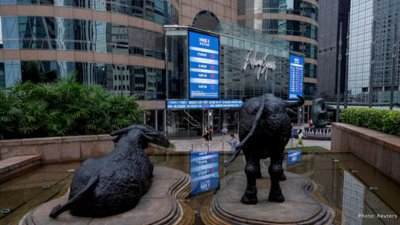




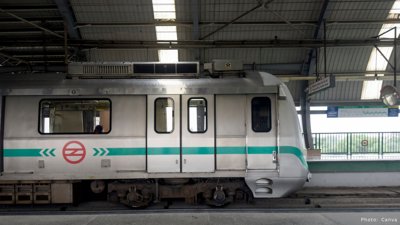

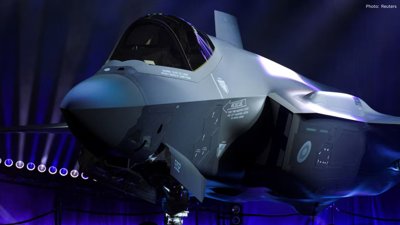
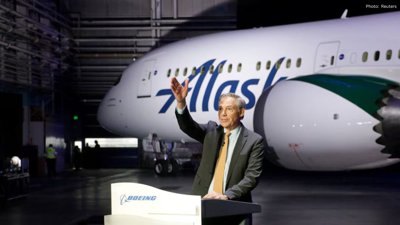

Advances in Aerospace Technology and Commercial Aviation Recovery
Insights into breakthrough aerospace technologies and commercial aviation’s recovery amid 2025 chall
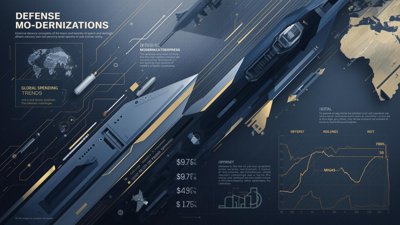
Defense Modernization and Strategic Spending Trends
Explore key trends in global defense modernization and strategic military spending shaping 2025 secu

Tens of Thousands Protest in Serbia on Anniversary of Deadly Roof Collapse
Tens of thousands in Novi Sad mark a year since a deadly station roof collapse that killed 16, prote

Canada PM Carney Apologizes to Trump Over Controversial Reagan Anti-Tariff Ad
Canadian PM Mark Carney apologized to President Trump over an Ontario anti-tariff ad quoting Reagan,

The ad that stirred a hornets nest, and made Canadian PM Carney say sorry to Trump
Canadian PM Mark Carney apologizes to US President Trump after a tariff-related ad causes diplomatic

Bengaluru-Mumbai Superfast Train Approved After 30-Year Wait
Railways approves new superfast train connecting Bengaluru and Mumbai, ending a 30-year demand, easi